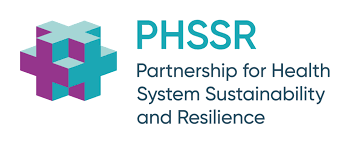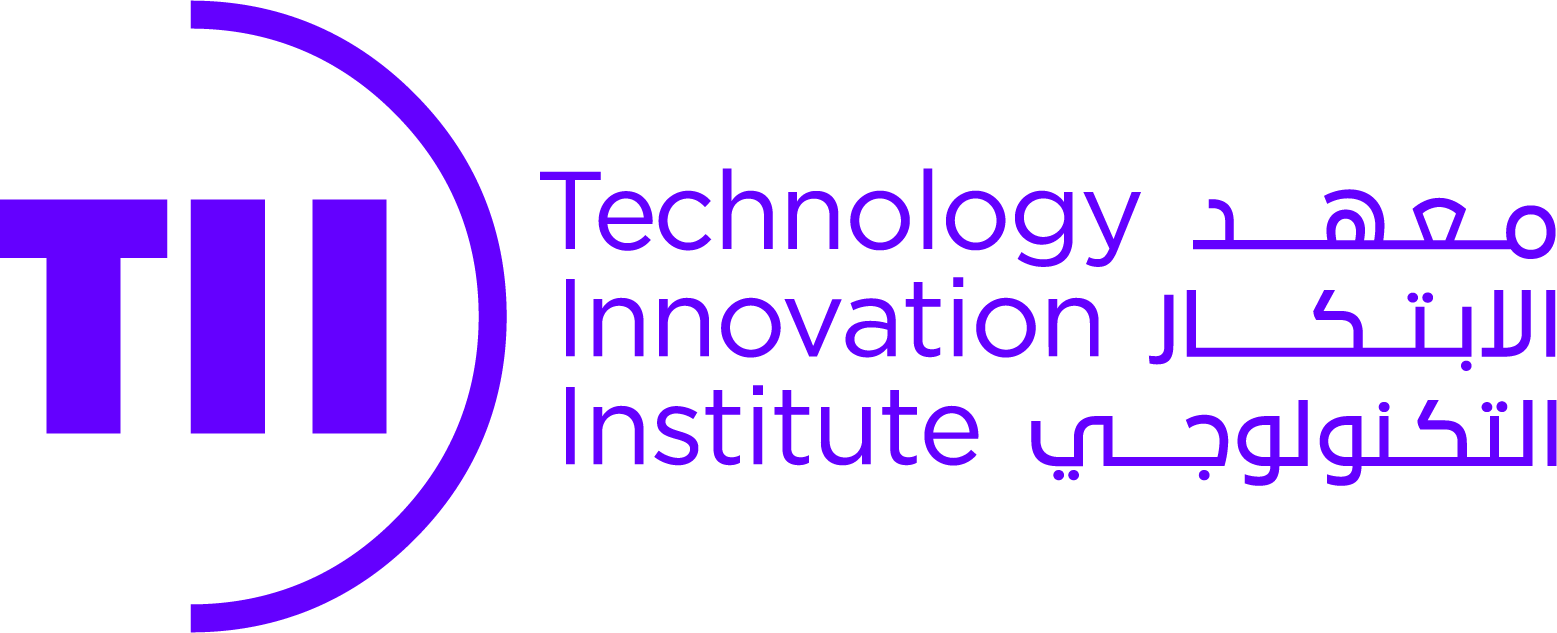تحت رعاية سموّ الشيخ خالد بن محمد بن زايد آل نهيان، ولي عهد أبوظبي رئيس المجلس التنفيذي لإمارة أبوظبي
Under the Patronage of His Highness Sheikh Khaled bin Mohamed bin Zayed Al Nahyan, Crown Prince of Abu Dhabi and Chairman of Abu Dhabi Executive Council
Study discovers a causal link between the level of mental imagery, affective experience, and perceived risk of climate change
In a recent study published in the Scientific Reports Journal, researchers explored the association between mental imagery and emotional perception of climate change risks.
 Study: A causal link between mental imagery and affect-laden perception of climate change related risks. Image Credit: metamorworks/Shutterstock.com
Study: A causal link between mental imagery and affect-laden perception of climate change related risks. Image Credit: metamorworks/Shutterstock.com
Background
Prior research has highlighted the significance of emotions in how we perceive risks, as well as the influence of mental imagery in evoking emotions.
The present study investigates the connection between mental imagery, affect, and risk perception by manipulating the level of mental imagery into three categories: enhanced, spontaneous, or prevented.
The study operationalizes risk as the perceived risk of climate change among participants, in response to the growing environmental risk of adverse events due to climate change.
About the study
The study collected data from 1,055 participants. The analysis was conducted on a sample of 1,000 participants after exclusions. The study recruited American participants through an online platform and collected responses via an online survey tool. The study required eligible participants to be 18 years or older and have a platform approval rate of at least 95%.
The study involved participants rating three dependent variables, including their perceived risk of climate change, as well as their affective experience in terms of valence and arousal.
The study's primary focus was on the perceived risk of climate change, measured using a six-item visual analog scale (VAS). The scale ranges from zero to 100, with zero indicating no risk and 100 indicating extreme risk.
The pleasantness level exhibited by participants was assessed using a single item to measure valence. Also, the activation level was evaluated using a single thing to measure arousal. The participants were randomly assigned to one of three conditions, namely, spontaneous mental imagery (control), prevented mental imagery, and enhanced mental imagery.
In the enhanced mental imagery condition, participants were instructed to create a mental image of an environmental risk event. After the mental imagery task, participants provided ratings for the valence, arousal, and vividness of their experienced mental imagery. In the prevented mental imagery condition, participants completed a mental rotation task after being exposed to an environmental risk event to interfere with their visuospatial working memory.
Results
An aggregated estimate of perceived risk was utilized for the main assessment of perceived risk. The study did not find any initial differences in the dependent variables of valence, risk perception, and arousal. Notably, the dependent measures showed significant deviation from a normal distribution.
The study found that participants-perceived risk to exhibit higher severity after the manipulation in comparison to before the manipulation, indicating a significant main effect of time. However, no main effect of condition was identified when comparing perceived risk in the three assessed conditions.
The study also found a significant interaction effect between time and condition, suggesting that the strength of the alteration in perceived risk differed across the conditions.
The team performed planned comparisons to investigate the interaction effect further. The first comparison was conducted between spontaneous mental imagery and the enhanced condition.
Significant main effects for time as well as interaction effects were observed while no main effects were noted with respect to the condition. The study found that being exposed to environmental risk event cues elevated the perceived risk of climate change in the control and enhanced conditions.
However, the enhanced mental imagery condition resulted in a comparatively higher increase in perceived risk compared to the control condition.
The second planned comparison compared the spontaneous mental imagery condition with the prevented condition. The study revealed a significant main effect of time, no main effect of condition, and an interaction effect.
Both the prevented and control conditions raised the perceived risk of climate change. However, the prevented mental imagery condition resulted in a comparatively lower increase in perceived risk than the control condition.
In the third planned comparison performed between the prevented and enhanced conditions, a significant main effect of time, as well as an interaction effect, was observed without any main effect on the condition. The study found that more mental imagery used resulted in a higher perceived risk of climate change.
The study found that there was a significant main effect of time, condition, and interaction when comparing affective valence across all three conditions. The team noted no significant difference between the enhanced and control conditions when post-manipulation valence was compared. However, the prevented condition differed significantly from both the control and the enhanced conditions. The study found that there was a main effect of time, but no main effect of condition, when valence in the control and the enhanced conditions were compared. However, an interaction effect was observed.
The study also revealed significant differences between the prevented and control conditions in terms of condition, time, and interaction.
A comparison of effective arousal across the three explored conditions exhibited a main effect of time along with an interaction effect, while no main effect of condition was observed. Furthermore, no main effects of time and condition and no interaction effects were observed when the control and the enhanced conditions were compared.
Furthermore, when the control and the prevented conditions were compared, the team noted a main effect of time as well as condition, along with an interaction effect.
Conclusion
The study findings provide evidence for the causal connection between mental imagery, emotional experience, and risk perception, particularly in regard to climate change.
The study improved comprehension of the relationship between affect and risk perception. The researchers believe that further research is necessary to explore the potential consequences of altering risk perception via affective manipulations of environmental values and attitudes.
Source: news-medical.net






































